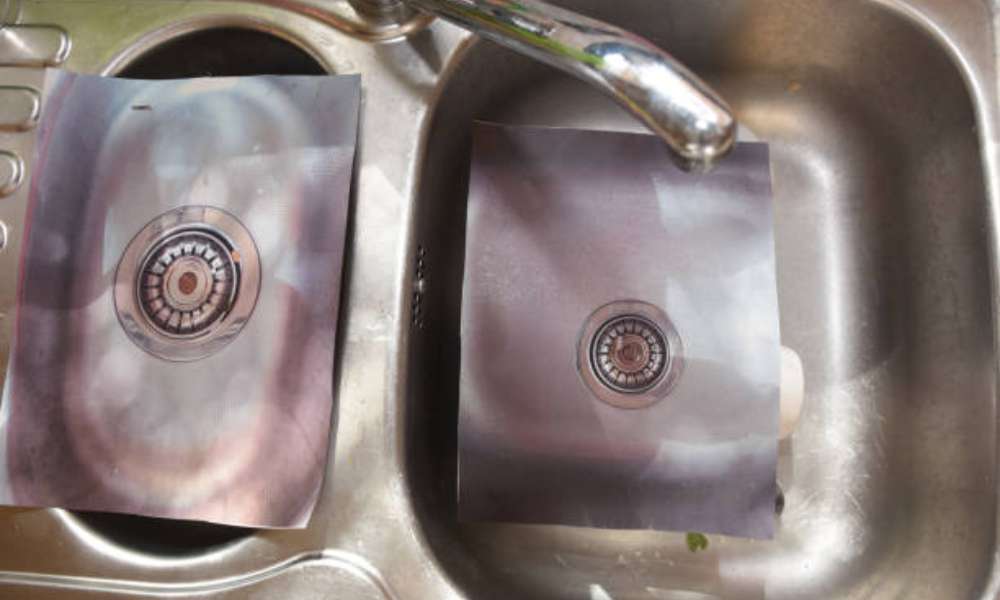Embarking on a painting project can be both exciting and daunting. Whether you’re freshening up your living room walls or tackling a larger renovation, achieving a smooth, streak-free finish is crucial for a professional-looking result. Yet, for many DIY enthusiasts, the dreaded streaks can often mar an otherwise flawless paint job. But fear not! With the right techniques and a bit of know-how, you can bid farewell to streaks and hello to smooth, even coats of paint. In this guide, we’ll delve into some expert tips and tricks to help you avoid streaks like a seasoned pro when painting with a roller. So, roll up your sleeves and let’s get started on mastering the art of streak-free painting!
Understanding the Issue
Roller painting can transform a space with fresh color and vibrancy, offering an economical and effective way to refresh your home’s interior or exterior. However, achieving that perfect, streak-free finish requires not just the right tools, but also the proper technique and preparation. Whether you’re a seasoned DIYer or tackling your first paint project, this guide aims to equip you Learn how to avoid streaks when painting with a roller like a pro. Say goodbye to uneven finishes with our expert tips! with the knowledge and tips to master roller painting, ensuring every stroke brings you closer to a beautifully even and professional-quality outcome.
Proper Surface Preparations
Before even thinking about picking up a roller and paint, ensure the surfaces you’re about to transform are smooth and clean. Fill any holes or cracks, sand the area to create an even surface, and wipe it down with a damp cloth to remove any dust or debris. This step may seem tedious, but it’s crucial to avoid bumps and uneven spots that can cause streaks in your finish.
Choosing the Right Roller
Selecting the appropriate roller is vital for achieving a smooth, streak-free finish. When shopping for rollers, consider the nap, or the length of the fibers on the roller sleeve. A shorter nap (1/4-inch to 1/2-inch) is ideal for smooth surfaces like new walls or doors, as it will apply more evenly. Conversely, a longer nap (3/4-inch to 1-inch) is better suited for textured surfaces like brick or stucco, as it can reach into crevices and ensure thorough coverage. Additionally, opt for high-quality roller sleeves. While it might be tempting to save a few dollars on cheaper options, they can shed fibers into your paint and lead to an uneven finish.
Rolling Techniques for Even Coverage
To achieve a professional-looking paint job, the technique you employ while using the paint roller is as crucial as the preparation of the surfaces and the quality of the tools and paint you use. A consistent method not only ensures uniform coverage but also significantly reduces the likelihood of leaving streaks behind. In the following section, we will explore various rolling techniques that can help you apply paint evenly across different surfaces, paving the way for a flawless finish that resembles the work of a skilled professional.
Overlapping Strokes
Achieving a streak-free finish with a paint roller is not just about the tools and materials you use; it’s also about the technique. One of the most effective strategies for preventing streaks is to maintain wet edges and use overlapping strokes as you work. This technique involves lightly rolling over the edge of the last section, which helps to blend the paint together smoothly before it has a chance to dry. Additionally, moving at a steady pace and applying consistent pressure can further enhance the quality of the finish, making your Learn how to avoid streaks when painting with a roller like a pro. Say goodbye to uneven finishes with our expert tips! paint job look seamless and professional.
Use even strokes when painting
To achieve a professional finish when painting a wall with a roller, it is crucial to use even strokes throughout the process. Begin by loading the roller evenly with paint and start at one corner of the wall. Roll in overlapping W or M-shaped patterns to ensure complete coverage without streaks or lines. Remember to keep a wet edge at all times to avoid visible seams where drying meets fresh paint.
Managing Paint Consistency
Maintaining paint consistency is key to preventing streaks and achieving a uniform look. Before painting, mix thoroughly to avoid separation in the can. For bigger projects, use a drill attachment for efficient blending. Combine paint from different cans in a large bucket for consistent color. Avoid over-thinning, which can cause drips and streaks. Follow the manufacturer’s thinning instructions. Consistent consistency is essential for professional roller painting results.
How to Fix Streaks If They Occur
To fix streaks, lightly sand the area and repaint, ensuring that you follow the same techniques that were initially successful. Make sure the paint is fully dried before sanding or repainting. If the streaks are minimal, you may be able to blend them by lightly rolling over them with a dry roller. However, prevention is always better than cure when it comes to achieving a smooth.
Tips for Prepping Walls Before Painting
With patience and meticulous attention to detail, achieving a flawless paint finish becomes achievable.The key lies in adequately preparing your walls, which can significantly impact the final result. Start by removing any wall hangings, outlet covers, and light switch plates. Subsequently, cleanse the walls using a mild detergent or a specialized wall cleaner to eliminate any dust, dirt, or grease stains. This step holds particular importance in spaces like kitchens or areas prone to handprints and grime. When transitioning from a darker to a lighter color, utilizing a primer can promote even color coverage and reduce the number of required coats. Lastly, employ painter’s tape to safeguard trim, ceilings, and any sections not intended. By ensuring proper wall preparation, not only do you achieve a smoother, more professional appearance, but you also enhance longevity and adhesion, leading to a lasting transformation.
Conclusion
Mastering the art of painting without streaks is not just about technique; it’s about mindset. By approaching your project with patience, attention to detail, and a willingness to learn, you can elevate your painting skills to new heights. Remember, every brushstroke or roll of the roller is an opportunity to improve and refine your craft. So, the next time you pick up that roller, embrace the challenge, with confidence. Who knows, you might just surprise yourself with the flawless finish you can achieve.





